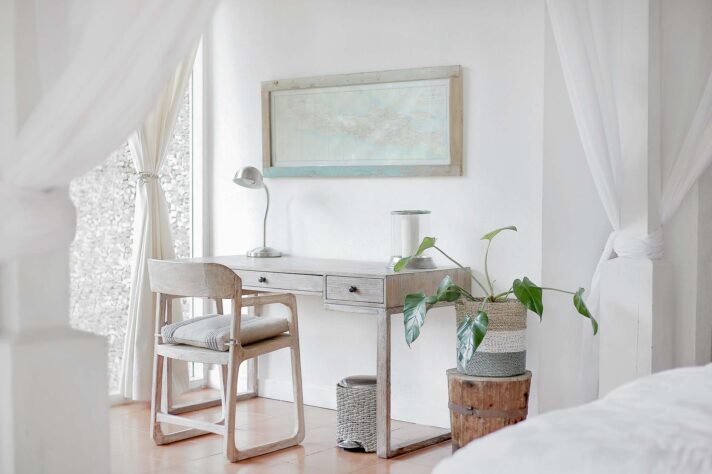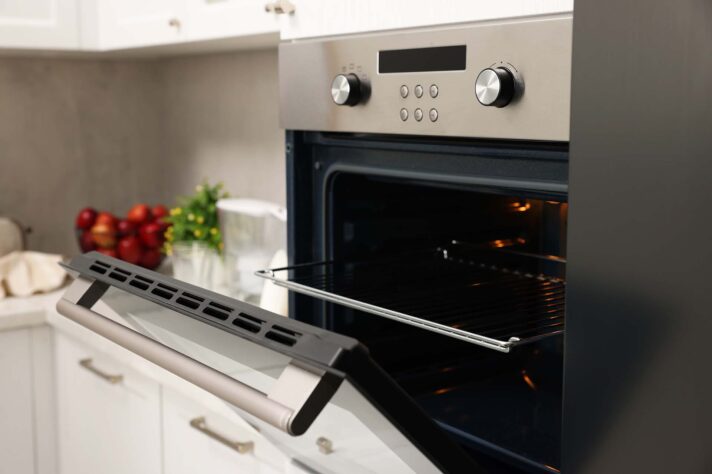So, what are the best tips for protecting the floor during a relocation? There are several tried-and-tested strategies to keep the floor pristine. First, furniture sliders are a mover’s best friend, ensuring heavy items glide effortlessly without leaving a mark. Drop cloths and protective blankets can be draped over large areas. Plywood sheets act as a barrier for really heavy lifting. Always use dollies when transporting bulky items. Foam and rubber floor mats are perfect for high-traffic zones. Corrugated cardboard sheets offer an affordable protective solution. Plastic film or adhesive carpet film keeps dirt and moisture at bay.
10 Proven Ways How to Protect Floors When Moving
Alright, floor fanatics and relocation maestros! So, you’re gearing up for moving cross country, and your precious floors are screaming for some TLC. No one wants post-move regret over scuffed hardwood or tarnished tiles. Don’t fret! Dive into our guide on how to protect floors when moving and stride (or slide) into the new abode with both style and scratch-free satisfaction. Let’s roll!
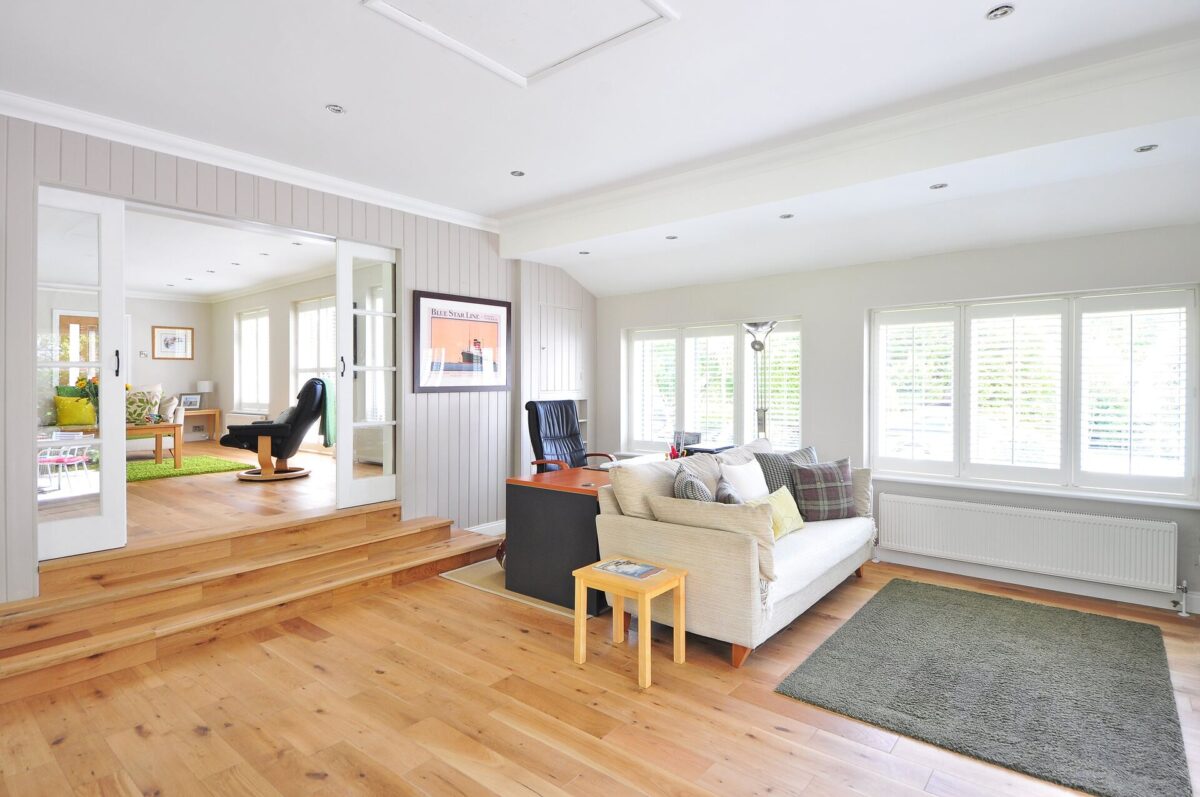

Why Learning How to Protect Floors When Moving Is Essential
When you’re gearing up for a move, safeguarding the floor is a priority. Why? Because the damages they might incur during this process aren’t just unsightly – they’re costly to repair. Think about the potential scratches, scuffs, dents, or even irreversible stains that can transform the pristine surface into a renovation project.
To put it into perspective, remember this: getting the surfaces sanded and polished can set you back anywhere between $1,000 to $8,000, with the average cost for sprucing up a 3-bedroom abode hovering around $2,500. It’s not just about aesthetics – it’s a financial decision, too.
Planning and Materials You’ll Need
When you’re about to plan a move to another city, you’ve got a lot on your plate. Among the endless tasks and preparations, ensuring the safety of floors should be at the top of the list. To relocate efficiently, having the right materials in hand is key. Here’s a concise list to make sure you’re ready:
- Furniture sliders – For that smooth glide without the unwanted traces.
- Protective blankets – Cushioning items during transit.
- Plywood sheets – For those extra-heavy items that need a solid surface.
- Carpet film – A protective layer against dirt and potential spills.
- Adhesive tape – To secure any protective materials in place.
- Bubble wrap – For cushioning delicate items or spaces.
What Types of Floor Protectors Are There?
As you start ticking off items on the relocation checklist, you’ll realize the importance of protecting those beneath-your-feet surfaces. When it’s time to relocate, choosing the best protectors is paramount.
Plywood offers a robust barrier, ensuring even the heaviest items won’t dent or damage. Furniture sliders are like magic, letting you move bulky items effortlessly across any surface. Meanwhile, carpet film acts as a shield, preventing any unwanted spills or dirt from tarnishing the coverings.
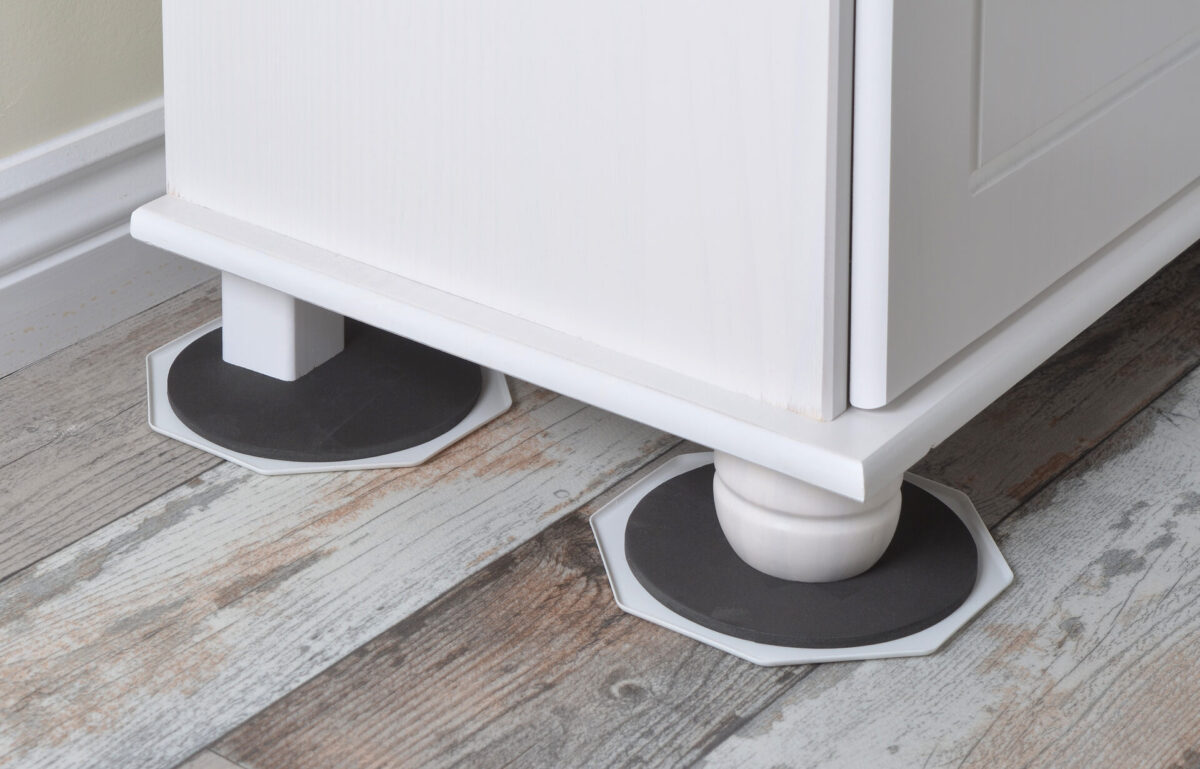

What Are the Right Tools for the Job?
Preparing for the relocation isn’t just about protecting floors but also ensuring you have the tools to make the move effortless. Imagine a successful long-distance relocation without muscle aches, damaged goods, or unnecessary injuries.
That’s where tools like dollies (perfect for wheeling hefty items,) hand trucks (for those stacked boxes,) and lifting straps (to give you and your back some well-deserved leverage) come in. These tools aren’t just handy—they’re essential!
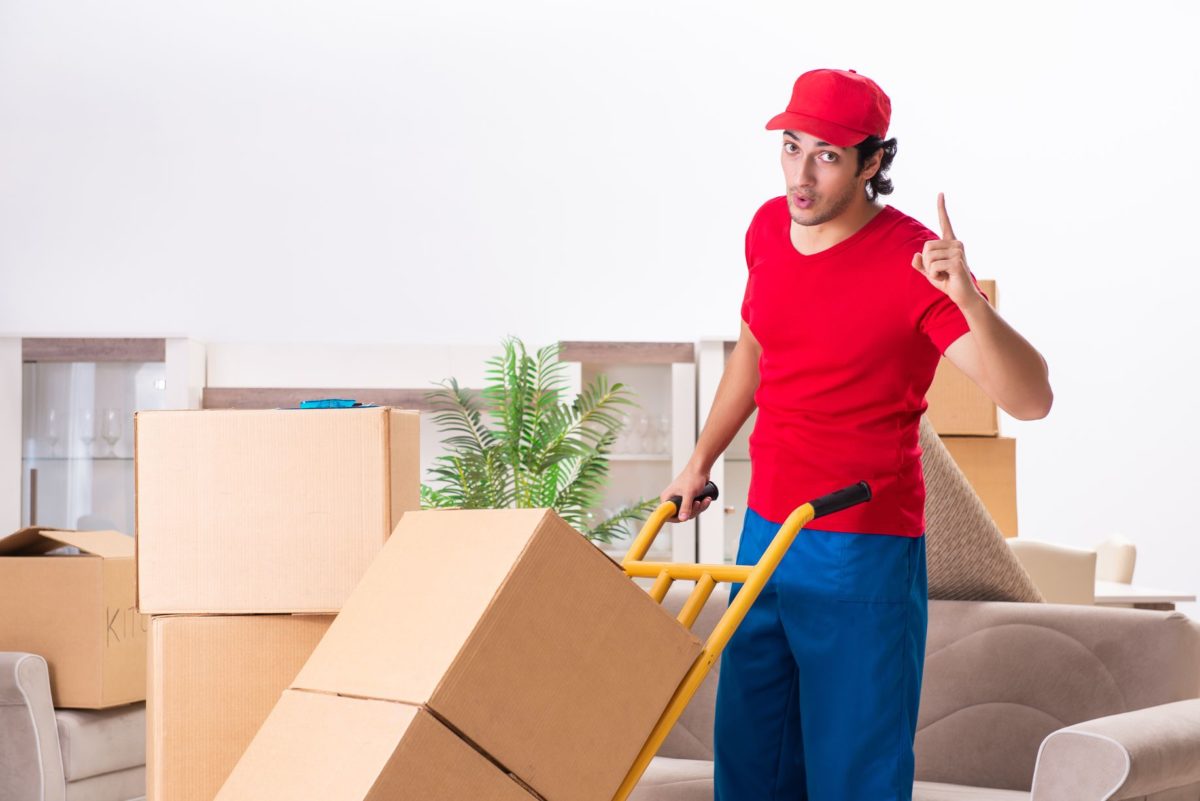

The 10 Proven Ways to Protect the Floors
Do you need to hire a cross-country moving company and ensure everything is in perfect order for a long-distance move. Remember to take special care of the floor while packing belongings. These surfaces, after all, bear the brunt of heavy traffic, sharp objects, and inadvertent spills.
Fortunately, with the right techniques and tools in hand, they can remain unblemished. Let’s dive into the ten proven methods that have been tried, tested, and approved by long-distance movers everywhere.
#1 Use Furniture Sliders
When it’s time to shift that heavy sofa or the vintage wardrobe, the last thing you want is a nasty scuff or scratch. Enter furniture sliders – the unsung heroes of any relocation. Simply place them under the legs or corners of the furniture, and voilà!
You can easily glide heavy items across surfaces, ensuring they move safely without any damage. Tip – Make sure to pick the right type of slider for the surface – soft for hard surfaces and hard for carpeted ones.
#2 Apply Carpet Film Protector
A clear, adhesive film might just be the carpet’s best friend come relocation day. The carpet film protector acts as a shield against dirt, spills, and the general chaos of relocating. Applying it is a breeze. Start at one end and roll it out, smoothing as you go to ensure there are no air bubbles.
The adhesive side sticks to the carpet without leaving a residue, while the upper side provides a non-slip surface. Remember to remove it within the recommended time, usually about 30 days, to avoid any potential damage to the carpet fibers.
#3 Utilize Moving Blankets
Anxiety about the relocation often stems from concerns over potential damage to our cherished belongings and surfaces. One of the top remedies to alleviate these concerns? Moving blankets.
These thick, padded sheets aren’t just for wrapping up grandma’s china cabinet. Drape them over the ground to provide a cushioned path, making it less likely for sharp or heavy objects to cause harm. Beyond protection, they also muffle noise.
#4 Opt For Plywood Sheets
Ever tried to move a heavy desk and felt the ground beneath cringe? Plywood sheets can be the answer to your problems. These sturdy wooden panels distribute weight evenly, making it safer to move hefty items across delicate or easily damaged surfaces.
Just lay down the sheets in the path you plan to take, ensuring they’re closely aligned, and slide or roll heavy furniture across with greater peace of mind.
#5 Implement Moving Mats
Moving mats are designed specifically for this purpose. These mats, typically made of rubber or dense foam, offer a grippy surface on top and a protective cushion below. They’re perfect for high-traffic areas, ensuring that no matter how many times you tread the path, the underlying surface stays pristine. Just roll them out and let the mats absorb the brunt of the relocation day footfall.
#6 Use a Dolly or Hand Truck
Moving hefty appliances like a refrigerator or a dishwasher is challenging. With the weight they carry, dragging them can damage the floor instantly. Enter the dolly or hand truck, your saving grace for such tasks. These wheeled wonders distribute the appliance’s weight, ensuring a smooth transit across surfaces. A tip for proper usage – always ensure the load is balanced and secured on the dolly, using straps if necessary.
#7 Consider Caster Cups
Got old furniture with wheel legs? Caster cups might be just what you need. These nifty little accessories are shaped like shallow cups and are designed to sit under the wheels of furniture. Not only do they protect the ground coverings from direct contact with the wheels, but they also distribute the weight of the furniture more evenly.
#8 Opt for Shoe Booties for Movers
When you’re looking to move out fast, every second counts. But in the hustle and bustle, movers (or helpful friends) can track in dirt, mud, or debris. That’s where shoe booties come in. These disposable shoe covers slip on effortlessly over footwear, ensuring that all foot traffic remains clean and gentle on the surfaces.
#9 Utilize Rubber Wheels
While plastic or metal wheels might seem sturdy, they can be your floor’s worst enemy, often leaving behind scuffs, scratches, or even dents. Rubber wheels, on the other hand, offer a softer and more flexible alternative. They glide smoothly across various surfaces, distributing weight efficiently without causing harm.
#10 Rope Off High Traffic Areas
Sometimes, the best defense is a clear boundary. When relocating, certain pathways in your home inevitably become high-traffic zones. By roping off these areas, you create a designated path, ensuring that foot traffic, equipment, and furniture follow a set route.
This minimizes the chances of unexpected damage to areas outside of the designated pathway. Setting this up is as simple as using ropes or even caution tape and placing signs to guide cross-country movers.
Additional Tips for Extra Care
It’s the little precautions, the tiny steps that can make a world of difference. Before you’ve even invested in long-distance moving services, think about pre-move preparations like cleaning surfaces beforehand and keeping an eye on the weather forecast. These seemingly minor actions can play a significant role in preventing potential damages and ensuring the move goes off without a hitch.
Checking Weather Conditions
Weather, especially when relocating in winter, can play a pivotal role in the state of your floors post-relocation. Wet or snowy conditions can mean movers tracking in moisture, mud, or even salt – elements that can not only stain but also damage certain surfaces. Sudden showers can dampen cardboard boxes, causing them to tear and release trapped dirt onto the surfaces.


Cleaning Before the Relocation
A pristine relocation starts with a clean slate, or in this case, a clean surface. By ensuring that floors are spotless, you’re giving protective materials, like films or mats, the best chance to adhere properly. Dirt or grit left on surfaces can act as an abrasive under heavy foot traffic or furniture, leading to scratches or embedded dirt. A thorough move-out cleaning also allows you to spot any existing damages.
Here are some great tips for efficient floor clean-up.
How Can Professional Long-Distance Movers Make This Job Easier?
The expertise and resources of movers from a reputable long-distance moving company can be invaluable. These professionals bring more to the table than just muscle and trucks. They come equipped with years of experience, ensuring that every aspect of the move, including keeping the floors pristine, is handled with utmost care. They’ve encountered every kind of surface and have a trove of specialized tools and techniques at their disposal.
This doesn’t just mean blankets and dollies but also the knowledge of when and how to use them to maximum effect. From navigating heavy furniture around tight corners without a scuff to managing foot traffic, their proficiency ensures all surfaces remain untouched. So, check the Better Business Bureau website and invest in reliable cross-country moving services.
Moving
Our mission is to bring high quality, long distance moving services to every customer.
Packing
Our expert moving teams are trained to ensure the safety of your personal belongings.

Auto Transport
Cross Country Moving Company is the most trusted name in auto industry in the country.
Let Us Relocate You the Right Way
Navigating the complexities of moving and floor protection demands expertise and precision. A seamless relocation isn’t just about the right tools; it’s about the hands that wield them. This is where Cross Country Moving Company steps in. With our vast experience and dedication to excellence, we’re committed to ensuring your relocation feels, well, easy peasy. Don’t let the intricacies of moving overwhelm you. Contact us, one of the best cross-country moving companies, and rely on our moving, auto shipping, and packing services.
FAQ
Can Regular Cardboard Be Used as a Floor Protector?
Regular cardboard can be used as a temporary floor protector, especially for light foot traffic. However, it lacks the durability of specialized protectors and might not shield against moisture or heavy furniture. For optimal protection, consider other materials.
How Do I Protect Hardwood Floors During Move?
To protect hardwood floors, start by cleaning them to remove any grit. Use protective materials like felt pads, furniture sliders, and blankets to slide furniture without scratching. Also, avoid dragging heavy items and consider using rubber-wheeled dollies.
How Do I Know How to Move Appliances Without Scratching the Floor?
Before touching appliances, clean and check the bottom for any sharp edges. Use furniture sliders, blankets, or rubber-wheeled dollies to distribute weight evenly. Move slowly and avoid dragging the appliances directly on the floor.
How Do I Protect My Stairs During a Relocation?
Use relocation blankets or specialized stair protectors that provide cushioning. Ensure that the path is free from clutter to prevent trip hazards. Also, consider using rubber-wheeled dollies when transporting items down the stairs.
Are Rubber-Wheeled Dollies Better Than Plastic Ones?
Rubber-wheeled dollies offer better traction and are gentler on surfaces compared to plastic ones. They reduce the risk of scratching and provide smoother movement. For delicate flooring, rubber wheels are the preferred choice.
Is It Necessary to Clean the Floors Before Moving?
Cleaning floors removes dirt and grit, reducing the risk of scratches. A clean surface also allows protective materials to adhere better. It’s a proactive step to ensure the surfaces remain undamaged.
What Type of Floor Protector Is Best for Tile Floors?
For tile floors, use non-adhesive floor protectors like mats or rubberized mesh pads. These materials prevent scratches and distribute weight effectively. Also, consider using rubber-wheeled dollies.
Can I Use the Same Floor Protectors for All Types of Flooring?
While some protectors are versatile, it’s essential to match the protector to the flooring type. Some materials might work well on hardwood but slip on tile. Always check the manufacturer’s recommendations and consider the specific needs of your flooring.
Should I Hire Professionals to Ensure My Floors Are Protected?
Hiring professionals provides expertise and access to specialized equipment, ensuring optimal protection. Experienced movers know the best practices for various flooring types. Investing in professional services can prevent costly damages and provide peace of mind.



